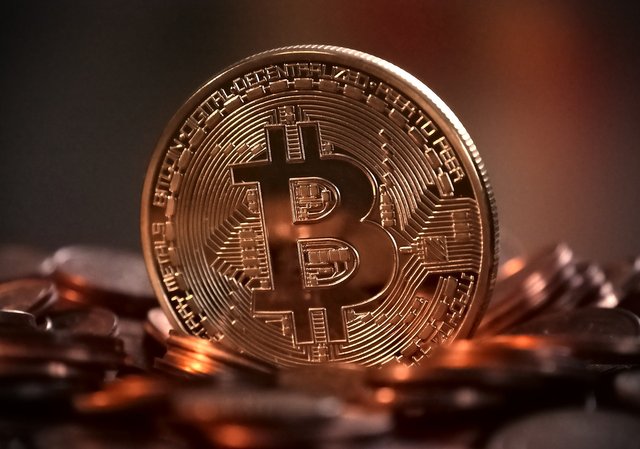How to Use Decentralized Exchange 🚀 DeFi Guide 📈 (Easy Steps for Beginners!) ✅ Crypto Trading DEX
As we edge closer to the next bull cycle, whether it’s just around the corner or several months away, diving into the altcoin and decentralized finance (DeFi) space can feel daunting, especially for newcomers. This guide will help you navigate the complex world of altcoins and DeFi apps, equipping you with the knowledge to get started confidently.

Understanding the Altcoin and DeFi Space
Navigating the altcoin and DeFi universe can be likened to setting sail across a vast and unpredictable ocean. With minimal tools and information, you’re akin to a small boat with just one sail. But, with a complete toolkit, you're better prepared, much like a robust ship equipped with multiple sails and a dedicated crew.
Starting with the basics will build your confidence and skillset, crucial for thriving in the upcoming altcoin season. For those eager to dive straight into the action, we’ll cover the essential steps first, with a more detailed guide following.
Essential Steps for Altcoin Trading and DeFi
Set Up Your Crypto Wallet
To trade altcoins, you'll need your own crypto wallet. Centralized exchanges like Coinbase or Kraken don’t support all altcoins, especially smaller midcap ones. For secure trading, start with a crypto wallet like Coinbase Wallet.
Step-by-Step:
- Download and install the Coinbase Wallet browser extension.
- Create a new wallet and secure your recovery phrase.
- Transfer some crypto (like Ethereum for Ethereum-based tokens) to cover transaction fees.
Connect Your Wallet to a Decentralized Exchange (DEX)
After setting up your wallet, connect it to a DEX like 1inch, which aggregates various DEXs to find the best prices.
Step-by-Step:
- Open the Brave browser and access WalletGuard.
- Connect your wallet to 1inch.
- Use the DEX to practice trading and swapping altcoins.
Enhance Security with Additional Tools
To protect your assets and identity, use additional security measures:
- Cold Storage Hardware Wallets: Invest in a hardware wallet like Tangem Wallet for secure, offline storage.
- Malware Protection: Use Malwarebytes or similar software to secure your computer from malware.
- Secure Browsers: Opt for privacy-focused browsers like Brave.
- VPN: Use NordVPN to protect your privacy and access restricted sites.
Download and Use WalletGuard
WalletGuard is a free browser extension that adds an extra layer of protection against scams and phishing attempts.
Step-by-Step:
- Install WalletGuard on your Brave browser.
- Connect it to your wallet for additional security.
Fund Your Wallet and Start Trading
Transfer crypto from an exchange like Coinbase to your new wallet. Ensure you have enough to cover transaction fees and practice trading on a DEX like 1inch.
Step-by-Step:
- Transfer a small amount of Ethereum or another cryptocurrency to your wallet.
- Use 1inch to exchange it for another altcoin and familiarize yourself with the process.
Bonus Tips for Altcoin Season
Set Up Portfolio Tracking
Use tools like CoinStats to track your holdings, transactions, and performance, making it easier to manage your investments.
Understand Tax Implications
Keep track of your gains and losses with tools like CoinLedger. Consulting a CPA who specializes in crypto taxes can help maximize your returns and ensure compliance.
Final Thoughts
Embarking on your journey into the altcoin and DeFi space may seem overwhelming, but with the right tools and knowledge, you’ll be well-prepared to navigate and thrive. Practice with a small amount of money, and gradually build your confidence and skills.
For a more in-depth look at these steps and additional guides, follow us and stay tuned for updates. Happy trading!